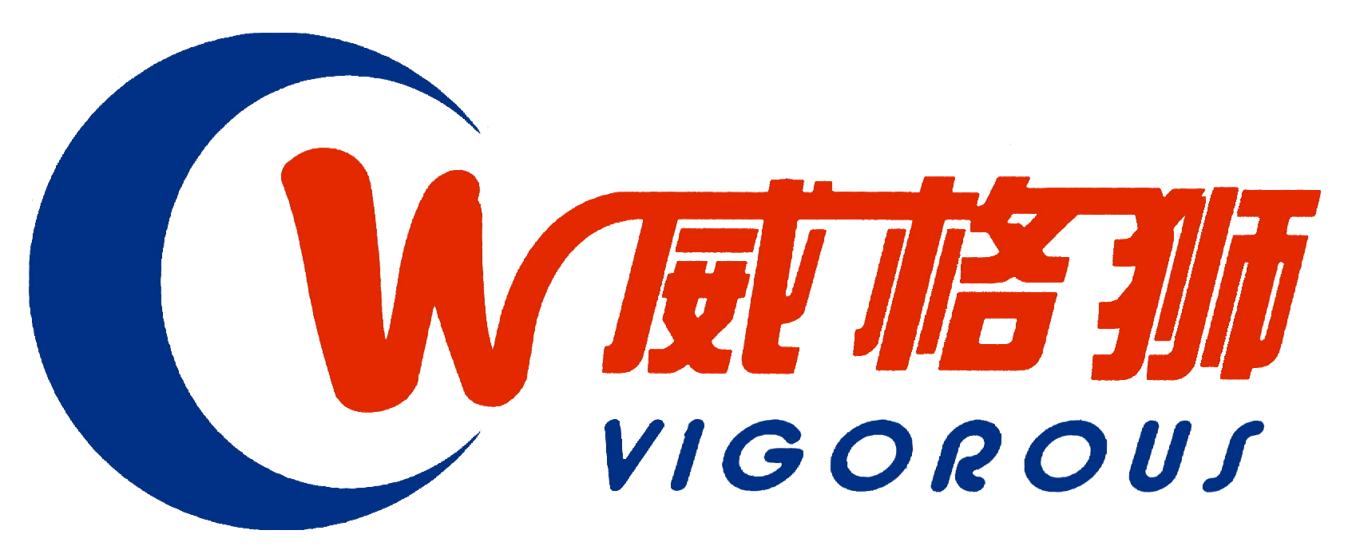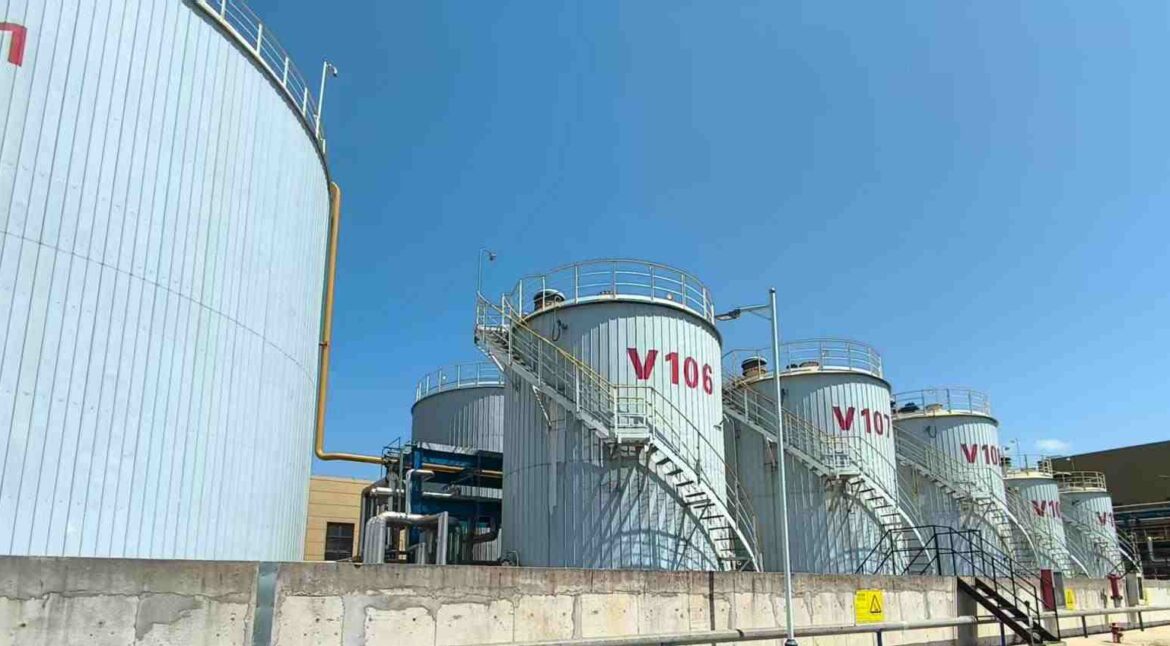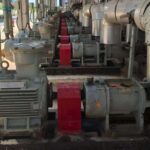I. Project Background and Core Requirements
A port clean energy company handles environmental treatment of ship oily wastewater (including crude oil, heavy oil, emulsion, etc.) and tank area oil pollution. Its core challenges are:
Fluctuating medium viscosity: Oily wastewater viscosity shifts dynamically between 50-500cSt with composition changes. Traditional pumps often suffer sharp efficiency drops (over 30%) or jamming due to sudden viscosity changes.
Difficult ship-shore coordination: Power matching with on-ship cleaning and transfer pumps is critical. This prevents operational interruptions or oil leaks caused by pressure fluctuations.
II. Project Solution: Variable Frequency Drive Twin-Screw Pump System
To address these needs, the project uses a customized “twin-screw pump + variable frequency motor” setup. Key designs focus on two areas:
Twin-screw pump for complex media
A wide viscosity-resistant twin-screw pump is selected. It features an optimized spiral profile (adapting to 1-1000cSt viscosity) and a tungsten carbide wear-resistant coating (hardness HRC60). This solves efficiency loss and wear when transferring high-viscosity media. It also handles oily wastewater with trace solids (particle size ≤ 0.2mm).
Variable frequency drive for intelligent matching
Equipped with a variable frequency motor and dual closed-loop control system:
- Monitors medium temperature and outlet pressure in real time. Adjusts rotation speed dynamically to keep flow stable (fluctuation < ±5%) across different viscosities.
- Matches power output in real time. Controls pressure deviation within 0.1MPa to avoid ship-shore pressure imbalance.
III. Core Advantages of the Project
Adapting to viscosity fluctuations and improving stability
For 50-500cSt viscosity changes, flow fluctuation drops from ±15% (traditional pumps) to ±5%. Monthly pump jamming falls from 1-2 times to zero. Single cleaning time shortens from 4 hours to 2.8 hours.




